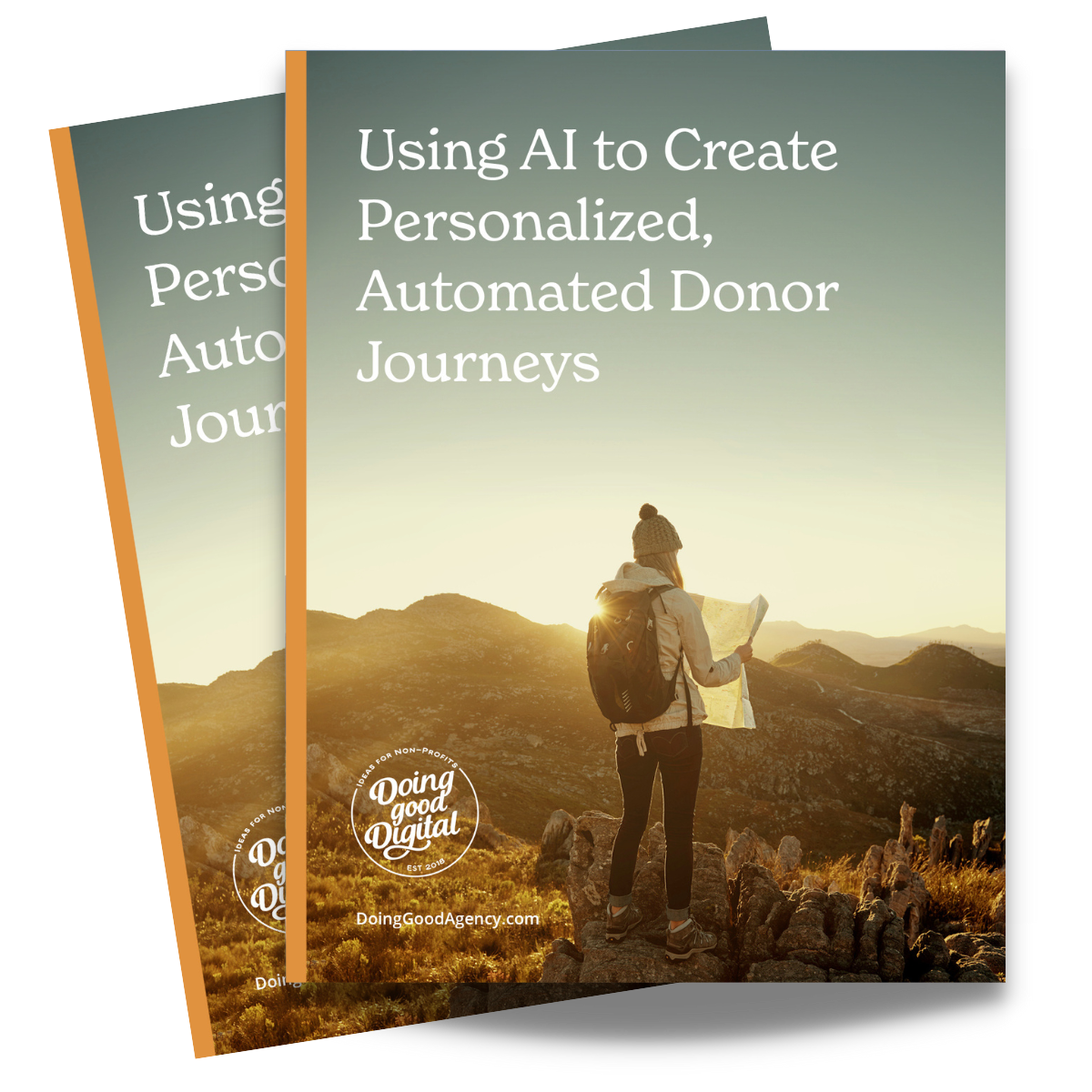How to Enhance the Donor Experience with Multi-Step Donation Forms

Think about the last online donation form you filled out—was it a gateway or a barrier to your generosity? Donation forms can vary significantly, ranging from concise and user-friendly to long and invasive. We want to create forms that are engaging, inspiring, and help build trust between the organization and the user. When selecting a donation form layout or template, it’s important to consider what you are asking from your donors and how that aligns with your campaign goals.
A trend we are seeing more and more is the multi-step form. This form divides the information collection process into several sequential steps or pages. The choice between using this layout can impact the user-experience and the effectiveness of the donation process. Here are the key advantages, and a few potential drawbacks, to guide your decision-making process!
Multi-Step Donation Forms
- Improved User Experience: These days, users are getting more and more overwhelmed and overburdened with the site of a large form with many input fields. By splitting things up into steps it offers them a more user-friendly experience that lets them feel more at ease and ultimately, more likely to complete the donation! (Also much better for mobile..)
Potential drawback: The form could become mobile UNfriendly if load times between form steps are not up to snuff with the expectation people have around speedy mobile interactions. - Higher Engagement: Multi-step forms can keep users engaged by providing a sense of progression through visual indicators. Paired with some attractive styling of steps or progress bars, this can have a big effect on user engagement.
Potential drawback: Multi-step forms typically take longer to fill out compared to single-step forms because users need to navigate through various stages, which can deter people who prefer a quick donation process. - Opportunity for Explanation: More steps mean you can provide more context or explanation for why certain information is needed, which can help build trust, which as we know is crucial for donor conversion and retention.
- Optimized for Conversion and Analytics: You can capture essential contact information early in the process because there is more opportunity for clicks spread throughout the process.
Potential drawback: Each additional step in the form may increase the likelihood of users abandoning the process before completion, especially if the steps are perceived as too many or unnecessarily cumbersome.
BUT…. If a donor does abandon the form, you still have a way to follow up with them, as multi-step forms allow for more detailed analytics on where donors drop off, enabling more precise optimizations to increase completion rates. - Better for Accessibility: Multi-step forms enhance accessibility by reducing cognitive load, simplifying error correction, and improving organization, making them easier to navigate and understand for users with diverse abilities.
Single Donation Forms
- Simplicity and Speed: Single-step forms are straightforward and (if relatively short) can be completed quickly, which is crucial for capturing donations from users who may not have the patience for a lengthy process.
Potential drawbacks:- Overwhelming Appearance: When all fields are displayed on a single page, the form can appear daunting and overwhelming for the user. This could lead to higher initial bounce rates, as users can quickly decide whether they want to commit the time to fill out the form at first glance.
- Increased Error Potential: When users fill out all information at once, there’s a higher chance of making errors, which can lead to frustrations if errors are only discovered after attempting submission. This might require them to scroll back and forth to correct the mistakes.
- Lower Abandonment Rates: Fewer steps typically means fewer opportunities for donors to drop off before completing their donation.
Potential drawbacks:
If a user does abandon a single-step form:- You may lose the opportunity to capture any of their data, unlike in a multi-step form where partial data can sometimes be saved after each step, depending on your setup.
- If tracking analytics, it can be challenging to pinpoint exactly where users decide to abandon the form since all interactions occur on a single page, making it harder to optimize the form based on user behavior.
- Ease of Integration: Single-step forms are generally easier to implement and maintain on various platforms and devices.
Potential drawback: Single-step forms can be cumbersome on mobile devices where screen real estate is limited. Users may need to scroll extensively or deal with a cramped interface, leading to a suboptimal user experience. - Better for Small Amounts: If the donation amounts are typically small, users expect a fast donation process, making single-step forms more appealing.
- Immediate Overview: Donors can see all the required fields at once, which helps them gauge the effort needed and can reassure them that the process is not extensive.
In the end, choosing between multi-step and single-step donation forms comes down to understanding your audience and campaign goals. Multi-step forms can offer a smoother, more engaging user experience, breaking down the process into manageable steps and providing opportunities to explain why each piece of information is needed. This can help build trust and optimize conversion rates. However, it’s essential to balance this with the potential for increased abandonment if the process feels too lengthy or cumbersome. On the flip side, single-step forms offer a quick, straightforward way to capture donations, which can be crucial for users who value speed and simplicity. By weighing the pros and cons of each approach and keeping your donors’ preferences in mind, you can create a donation form that not only meets your needs but also inspires generosity and support. If you are ready to make a change to your donation forms, reach out today!





